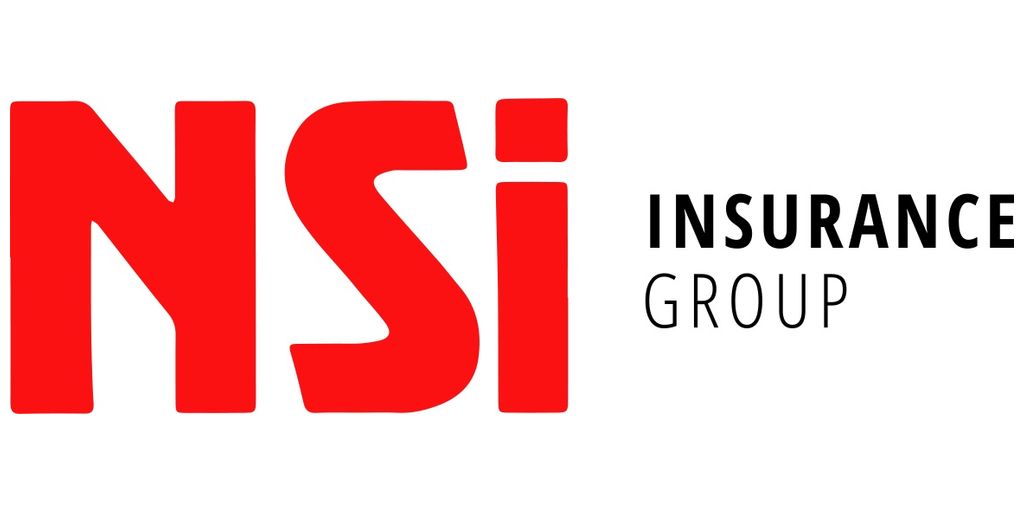Home insurance provides financial protection for homeowners. If your home or personal property is subjected to damages caused by a covered peril, a homeowner’s policy may reimburse you up to your coverage limit. Home insurance provides invaluable coverage and is typically required by mortgage lenders, making it essential for homeowners to purchase a policy before moving into their new homes.
Standard home policies contain many of the same coverages and features. By understanding what your policy covers, you can better prepare for the future and take care of your most valuable assets. Here’s a closer look at what a standard home insurance policy does and does not cover.
Homeowners Insurance Coverages
Most home policies offer the same six basic coverages, which include:
- Dwelling
- Other structures
- Personal property
- Personal liability
- Medical payments
- Loss of use coverage
Together, these six coverages help protect yourself, your home, and your personal property from a variety of potential hazards. Let’s take a closer look at each:
Dwelling Coverage
Dwelling coverage is the portion of your policy that protects your home’s structure and built-in appliances. Your home’s structure includes its foundation, roof, floors, walls, deck, plumbing system, water heaters, and anything else built into your home.
If your home’s structure is damaged by a covered disaster, like a fire or storm, your policy may help pay to repair or rebuild your home.
Other Structures Coverage
Other structures coverage protects your home’s detached structures against covered perils. Detached structures may include your garage, shed, fence, pool house, guest house, or any other structures that are on your property but not connected to your primary residence.
Personal Property Coverage
Personal property coverage, or contents coverage, protects your personal belongings against damages, whether they’re in your home or not. If your personal belongings are stolen from your home, for example, personal property coverage may reimburse you for their replacement cost.
Personal property coverage typically includes separate limits for different types of items. Items like jewelry and other expensive valuables, for example, may only be covered for up to $2,500. When purchasing your home insurance policy, you’ll typically have the option of increasing coverage limits for certain types of items depending on your needs.
Personal Liability Coverage
Personal liability coverage helps cover expenses if you are held legally liable for injuring someone or damaging their property. For example, if your dog bites a guest while on your property, personal liability insurance may help cover the associated legal and medical expenses.
Personal liability coverage is typically available in amounts up to $500,000, and homeowners can purchase umbrella insurance for additional liability coverage if necessary.
Medical Payments Coverage
Medical payments coverage helps pay for medical expenses if a guest is injured on your property, regardless of whether or not you are held liable. The maximum coverage limit for medical payments coverage is typically $5,000.
Loss of Use Coverage
Loss of use coverage helps pay for your additional living expenses if your home becomes uninhabitable due to a covered disaster. For example, if your home is damaged by a fire, and you are forced to live somewhere else while it is being rebuilt or repaired, loss of use coverage may help cover rental costs and other living expenses.
What are Covered Perils?
A peril is an event that may cause damage to your home or personal property. Your home insurance policy lists all of the perils that you are protected against. Named perils policies list all of the perils that you are covered against, while open perils policies protect against all perils aside from the exceptions listed in your policy.
Perils that are commonly covered by home insurance include:
- Fire and smoke
- Storms
- Hail
- Lightning
- Explosions
- Vandalism and theft
- Falling objects
- Certain types of water damage
Be sure to review your home insurance declarations page to determine what perils are covered by your policy.
What is Not Covered by Home Insurance?
Home insurance covers many types of common disasters, including fires, storms, and lightning, but there are a few key hazards that are not typically covered, including:
- Floods
- Sewer backups
- Earthquakes
- Damage caused by neglect/lack of maintenance
Depending on the location of your home, you may consider purchasing flood insurance separately to protect your home against water damage caused by floods.
Request a Home Insurance Quote
Home insurance includes several necessary coverages that protect you, your home, and your personal belongings against a wide range of common hazards. Whether or not your lender requires this type of insurance, you should strongly consider purchasing a home policy to protect your assets against potential damages.
Contact FIB insurance today to request a custom quote and learn more about home insurance in Miami, FL and the surrounding areas.

